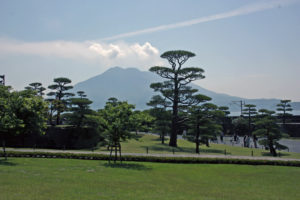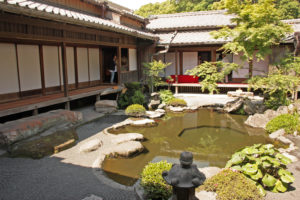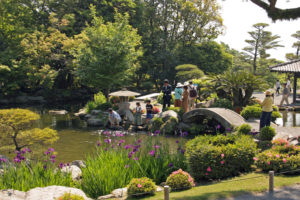Yusentei Garden, in Fukuoka-city
The time-honored Japanese garden. The Japanese traditional Garden; it was originally built
in the 1754 for Kuroda Tsugutaka who was the lord of Fukuoka clan. You can feel Japanese
traditional cultures and enjoy Tea Ceremony.
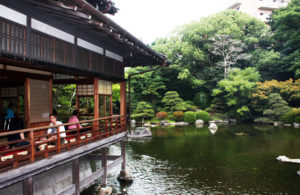 |
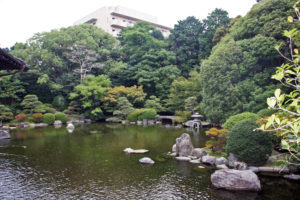 |
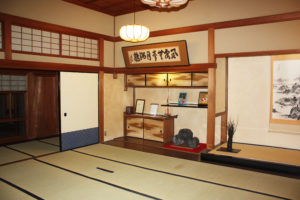 |
Ohana and Shotoen Garden, in Yanagawa
Listed on National Scenic Landmark. Built in 1697 as the villa of the Fourth Lord
Tachibana Akitora. At that time the region was called Hanabatake (Field of flower),
so the villa was named Ohana or Flower. The garden itself spread out over 3300
square meters and is laid out in such a way as to evoke the image of Matsushima
in Sendai. It was extensively renovated in 1908 to 1910.
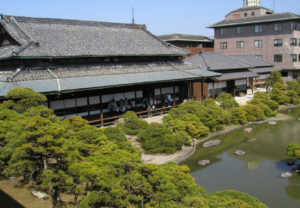 |
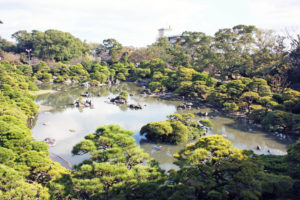 |
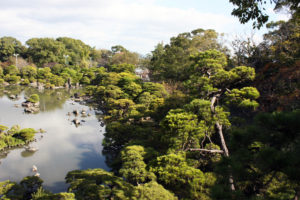 |
Mifuneyama-rakuen Garden, in Takeo
Beautiful Japanese Garden, located in the south-western foot of Mifuneyama.
Construction of the garden took about 3 years and completed in 1845, the area
is about 5ha.
The dynamic cliffs of Mifuneyama Mountain can be seen from the garden.
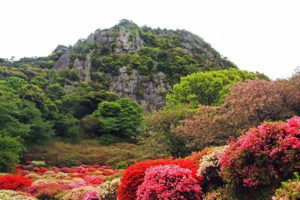 |
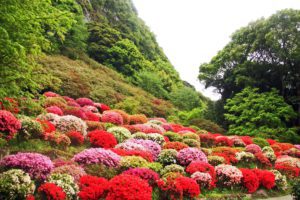 |
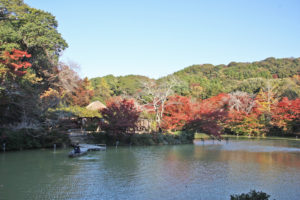 |
Sengan-en, in Kagoshima
Sengan-en is the most famous garden in Kagoshima-ken, made by Shimazu lord in the 19th
century at the beautiful bay side Kinko bay. The garden contains many historic artifact that
tell of its long history.
|
|
|
|
Kokua Castle Garden, in Kitakyushu-city
Kokua Castle Garden made at the former site of Shitayashiki (lord’s guest house) located
next to Kokura Castle. This garden consists of a Japanese garden and a daimyo yashiki
(a lord’s house), a building of the Shoin-zukuri type (a style of Japanese domestic architecture).
In this garden, not only can you see Japanese traditional architecture, but also enjoy the Tea
Ceremony at the Experience Zone.
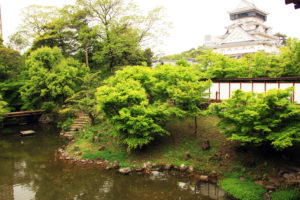 |
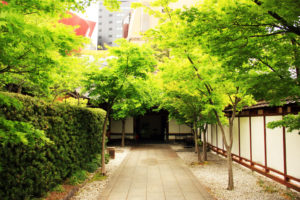 |
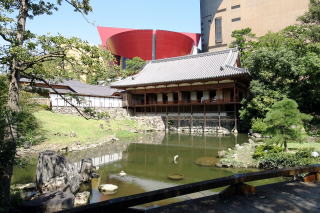 |
Suizenji-koen park, in Kumamoto
Imitated the beautiful scenery of Japan. It is a refined circular garden of Momoyama period style
and represents the 53 Stations of the Tokaido Road including Mt. Fuji. The fresh springs in the
garden release clean, cold water, which flows there from Mt. Aso via underground currents.
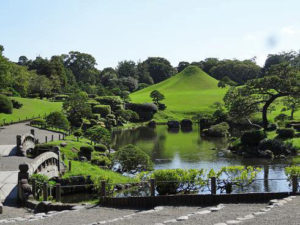 |
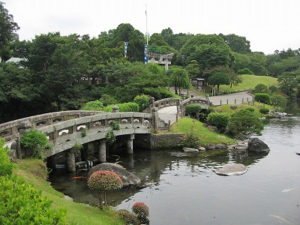 |
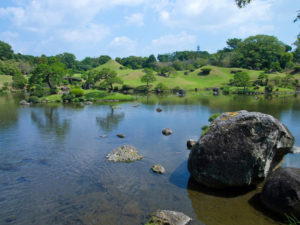 |
In 1636, Tadatoshi, the third Lord of Hosokawa, began its construction as a tea retreat, and
he also built the temple here for Priest Gentaku called Suizenji.
This beautiful Momoyama style garden evolve during the reigns of the fourth and fifth Lords.
In all it took about 80 years to complete.

